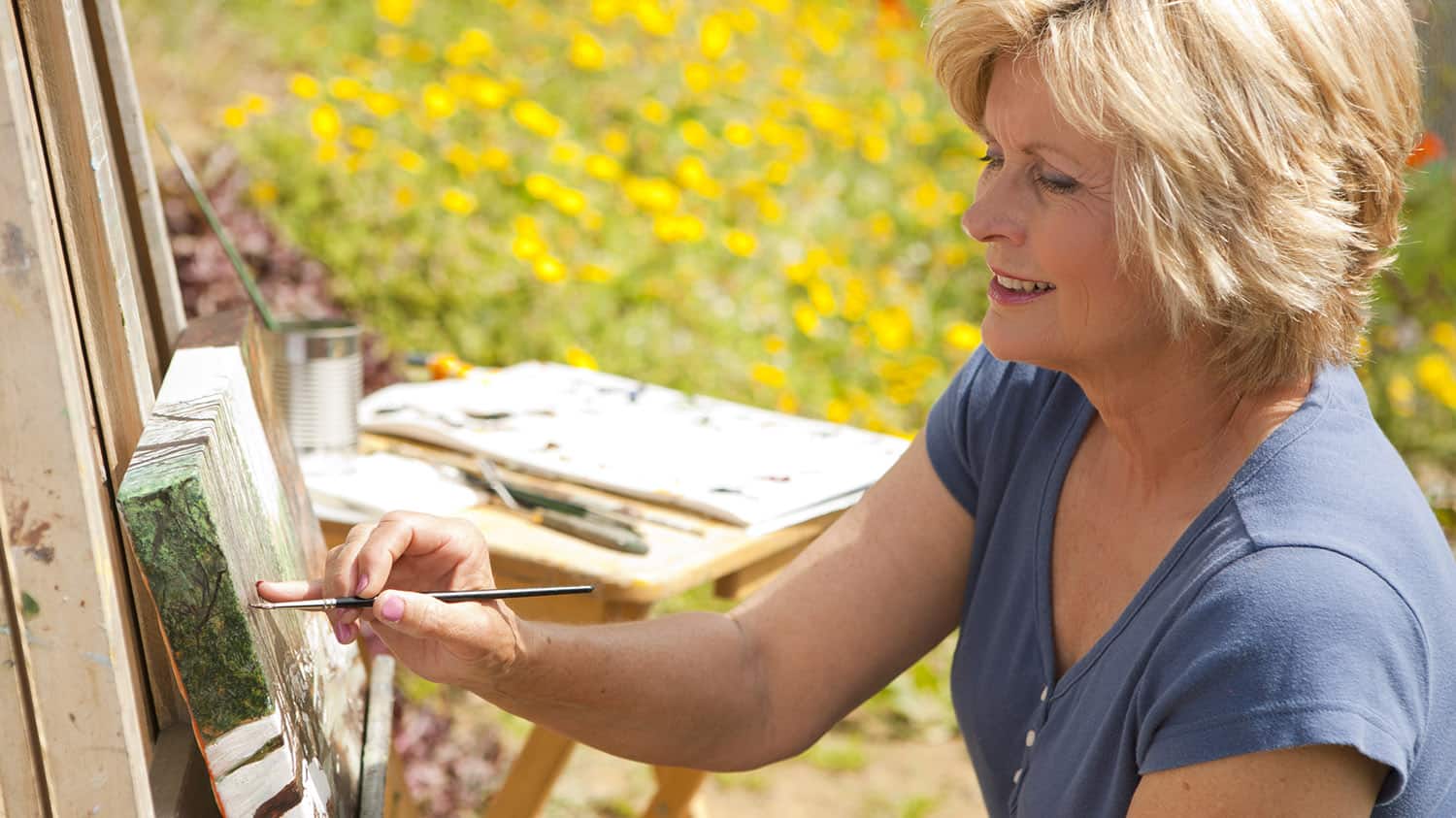
Boost Your Productivity After 60 with This Morning Trick
Ten years ago, five floors up in a Mumbai apartment, a sari clad palm reader told me I’d work until I was 78. That still suits me fine since I don’t have ‘retirement’ either in my bank account or my vocabulary. I’m one of the lucky ones that loves working and can’t imagine living without this passion that daily spurs me on.
Early, but slow to wake up, it takes a while for my brain to kick in and get clicking. For years I started my morning going through emails with a steaming chocolate sprinkled cappuccino at my side.
I have four email accounts and could easily spend an hour and a half reading and answering the real correspondence and deleting all the junk mail. It felt like my morning was shot by the time I’d sit down to breakfast.
Prioritizing
One of the articles I wrote for Sixty and Me was about getting out of our comfort zones from time to time to shake things up, stirring the pot of new energy and breaking through old barriers.
About the same time, I read an article on prioritizing to accomplish more. The author wrote that our most productive time was early in the morning when we’re rested, and our brains are at their optimal for performing thinking and reasoning tasks.
On the contrary, exercising at this time was not the optimal for either our brains or bodies. Exercise is more efficient after a protein meal.
The article suggested setting only one or two priorities for the day instead of the long list I was used to. For years, I’d organize my days around long to do lists.
What didn’t get done one day got transferred to the next day, and sometimes things I was resistant to traveled through a string of lists for weeks until guilt or a deadline pushed me into doing the task. I thought of these as ‘self-elongating lists.’
I held sacred my morning coffee-email ritual but knew I also had to practice what I preached and break through old boundaries. Finally, I thought, “What the heck! I’ll give this a try. If it doesn’t work I can go back to my old habit and comfort zone.”
I Felt Like I’d Received a Gift
Now, in the evening before I stop working for the day, I pick one or two things I’m resistant to doing. For example, tasks like cold calling a potential customer, dealing with bank business or taxes. Two of these go on the top of my list to accomplish in the morning before I languish over emails.
If there’s nothing in the resistance category, I choose a couple of pressing tasks to accomplish that day. To be honest with you, there is also a long trailing list of other things, but these two tasks are bolded and on the top of the list. They get top priority and my brain’s best functioning.
After doing this for just one week, I felt I’d been given a gift. As if by magic, the things I’d been resistant to doing were accomplished. A sense of wellbeing and pride now color my mornings. And at breakfast, instead of feeling the day is shot, I have even more energy to continue.
This Works for Retirees Too
Many Sixty and Me readers are already retired. My non-working friends tell me they don’t know how they found time to work as their days are filled now with other activities.
This prioritizing technique can work for active retirees as well. Life seems to get busier and busier, and it’s easy to let important but boring tasks slide, like balancing the check book.
Try it and I think you’ll find, as I did, that you have a new outlook in your mornings.
How do you prioritize activities you are resistant to take on? What are you procrastinating about? Please feel free to share your most unwelcome tasks for today and how you tackle them.






